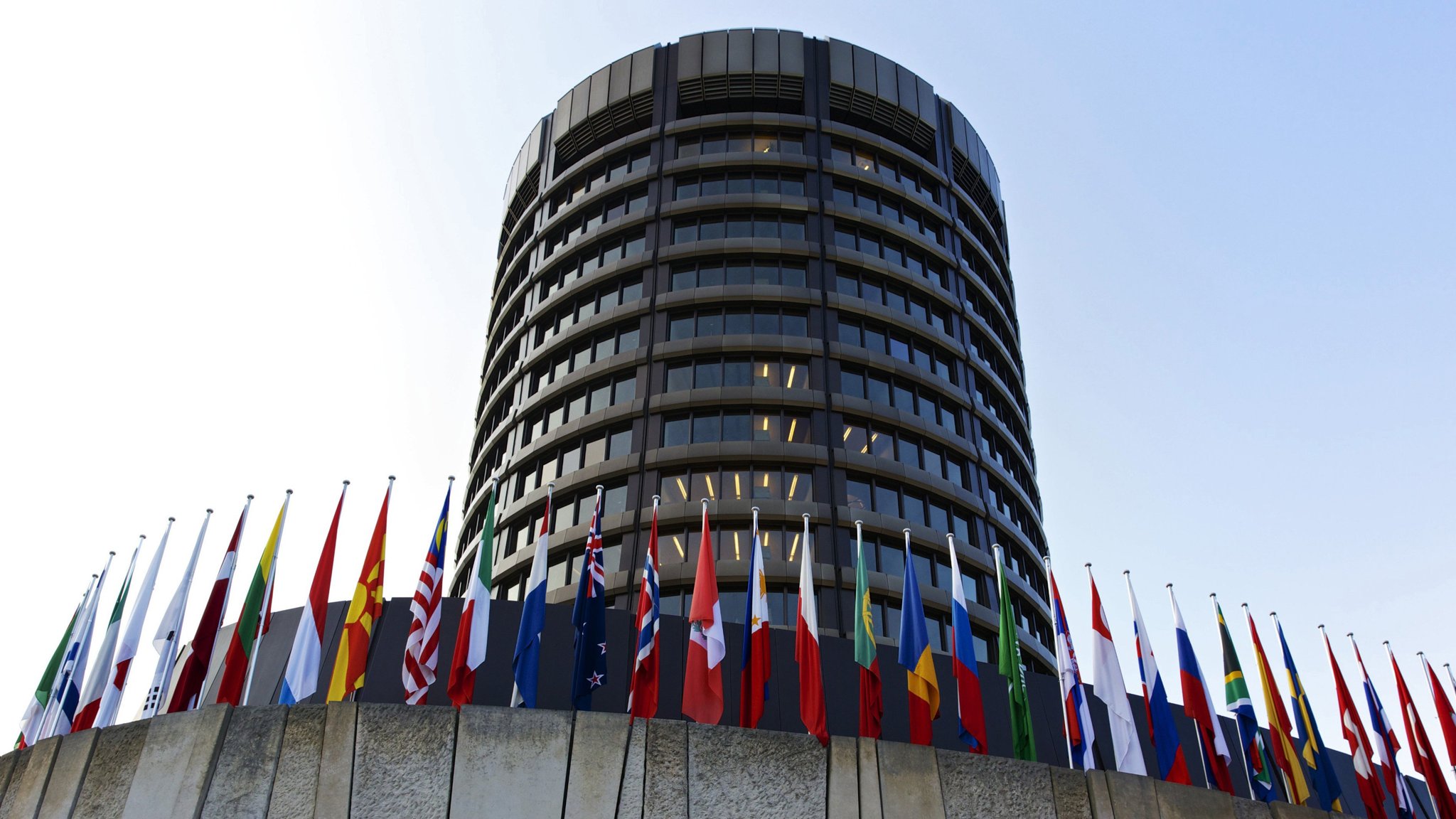BIS Slams Stablecoins, Calls Them Ill-Suited for Modern Monetary Systems
26.06.2025 9:00 1 min. read Alexander Stefanov
Stablecoins are failing where it matters most, says the Bank for International Settlements (BIS), which sharply criticized the asset class in its latest annual report.
Far from being modern money, stablecoins fall short on key fundamentals such as trust, flexibility, and system integrity.
BIS argues that stablecoins function more like speculative financial assets than currency. Because they’re issued by private firms and not universally accepted at fixed value, they break the concept of monetary “singleness” — the idea that one unit of money is always worth the same as another.
Their structure, the report notes, requires users to front full value before issuance, leaving no room for monetary expansion in times of stress — a stark contrast to how central banks inject liquidity. Additionally, BIS points to the risks associated with public blockchains and unregulated wallets, raising alarms over money laundering and illicit flows.
Despite their popularity in cross-border transactions, the BIS recommends limiting stablecoin usage to tightly governed roles. It insists that lessons from past monetary crises must not be forgotten in the rush toward digital finance.
Interestingly, the report was far more positive about tokenization, calling it a promising tool to upgrade — rather than replace — the existing financial architecture.
Markets reacted swiftly. Shares of Circle (CRCL), issuer of the USDC stablecoin, plunged over 15% following the release.
-
1
Dubai Approves First Tokenized Money Market Fund
08.07.2025 20:30 1 min. read -
2
Largest Bank in Hong Kong Explores Digital HKDollar in new project
10.07.2025 21:00 2 min. read -
3
Volkswagen Taps Solana-Based Service for Real-Time Robotaxi Navigation
09.07.2025 8:01 2 min. read -
4
Emirates to Integrate Crypto.com Pay in 2025: A New Era of Airline Payments
09.07.2025 15:08 2 min. read -
5
Alibaba Founder-Backed Ant Group to Integrate USDC Stablecoin
10.07.2025 13:30 2 min. read
Tether Plans U.S.-Issued Stablecoin After Trump Signs GENIUS Act
With President Trump officially signing the GENIUS Act into law, the regulatory landscape for stablecoins in the U.S. has entered a new phase—prompting major reactions from the industry’s top players.
Block to Join S&P 500 Following Chevron–Hess Merger Completion
Block Inc. (NYSE: XYZ), the fintech powerhouse behind Cash App and Square, will officially join the prestigious S&P 500 index next week.
Crypto Sector H1 2025 Roundup: Binance Report Shows Institutional Surge and Tech Growth
According to Binance Research’s H1 2025 digital asset market report, the total cryptocurrency market value rose by 1.99% year-to-date—signaling cautious optimism following 2024’s explosive 96.2% rally.
Mastercard Backs Stablecoins as Global Regulation Gains Momentum
Global payments giant Mastercard has declared that stablecoins have reached a pivotal moment, offering real-world benefits and drawing closer to mainstream adoption.
-
1
Dubai Approves First Tokenized Money Market Fund
08.07.2025 20:30 1 min. read -
2
Largest Bank in Hong Kong Explores Digital HKDollar in new project
10.07.2025 21:00 2 min. read -
3
Volkswagen Taps Solana-Based Service for Real-Time Robotaxi Navigation
09.07.2025 8:01 2 min. read -
4
Emirates to Integrate Crypto.com Pay in 2025: A New Era of Airline Payments
09.07.2025 15:08 2 min. read -
5
Alibaba Founder-Backed Ant Group to Integrate USDC Stablecoin
10.07.2025 13:30 2 min. read


